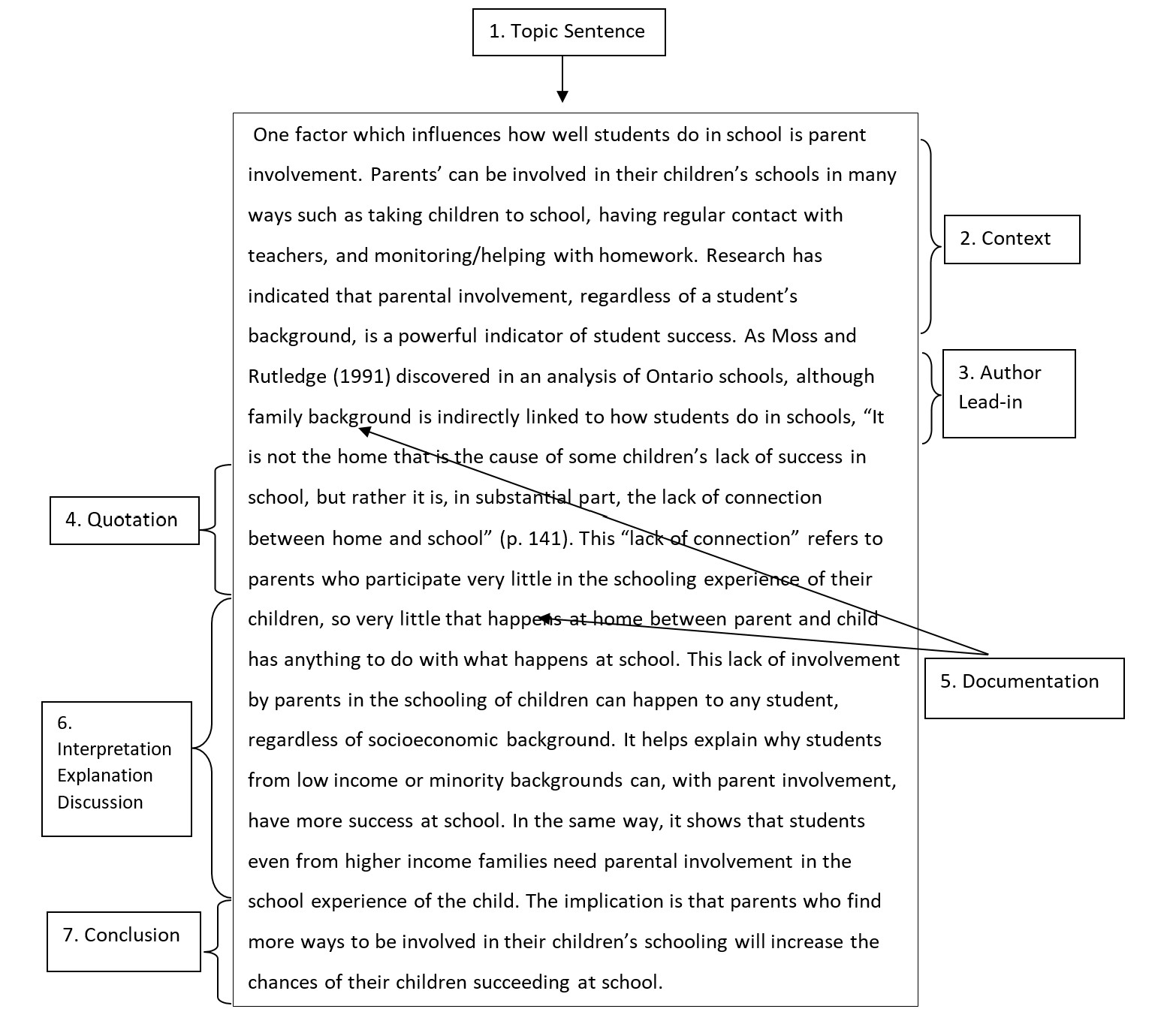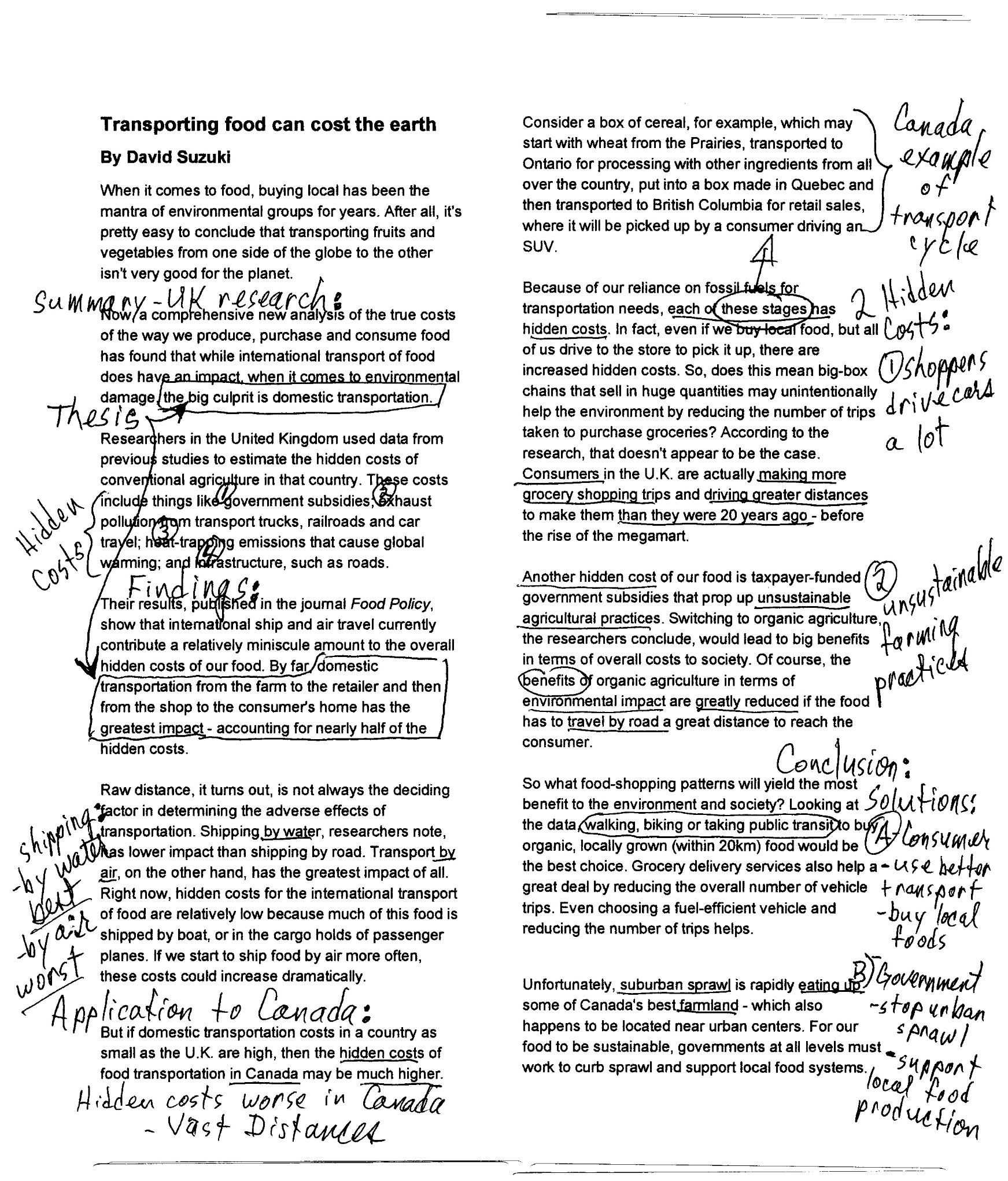Plagiarism: How to avoid it
Students often don’t recognize their plagiarism. “Sure,” they say, “if you buy a paper off the Internet, that’s plagiarism. I don’t do that.” However, you don’t have to buy a paper to plagiarize. Plagiarism can occur in just a few words. This resource describes strategies to acknowledge the sources you are using.
What Is Plagiarism?
Plagiarism is the presentation of the words or ideas of another person as your own. It is a form of academic dishonesty. The college’s policy on plagiarism describes the penalties for plagiarism which range from failure on an assignment to expulsion from the college.
Plagiarism includes the following:
- using someone else’s exact words and not acknowledging that the words aren’t your own
- paraphrasing someone else’s ideas without saying where you got those ideas
- getting someone else to write a paper or parts of a paper for you
Instructors have little difficulty recognizing most forms of plagiarism. They recognize the literature in their fields and can distinguish student writing patterns and changes in writing style within a piece of writing.
At Douglas College, plagiarism is defined in the Academic Integrity Policy.
How Can You Avoid Plagiarism when Using Sources?
1. Acknowledge your source
Whether you quote someone else’s words or whether you restate their ideas in your own words, you need to acknowledge, or cite, your source. Citing a source involves identifying the author, the title of the work, and where and when it was published.
Several styles have been developed for citing sources in academic work. These include APA (American Psychological Association), MLA (Modern Languages Association) and Chicago Style. The library, the bookstore and the Learning Centre all have guidelines for using these various styles. If you’re not sure which style is preferred in a course, ask your instructor.
2. Show which words you have quoted from a source.
Short quotes are marked with quotation marks:
![]()
Long quotes are done in block format instead of using quotation marks. If your quote is more than about 40 words long (check your style manual for specifics), it needs to be treated as a block quote. Block quotes do not use quotation marks. Instead, they are indented:

As you can see, the author, year of publication, and page number are mentioned in the text of the paper. At the end of the paper, as at the end of this handout, the source is documented more fully.
3. Paraphrase the ideas of others and cite the source
Paraphrasing is restating the ideas of another person in your own words. It’s important when you paraphrase that you restate the ideas completely in your own words. Making only minor changes from the original is not paraphrasing.
Instructors tend to prefer paraphrasing over quoting because it shows them that you really understand what the author wrote. When you paraphrase, like when you quote, you need to show the source of the information or ideas.
4. When citation in not needed
You do not need to cite a source for information which is commonly accepted knowledge. For example, you would not need to cite a source for the fact that water boils at 100 degrees Celsius. That is a widely accepted fact.
When you are unsure about whether to cite a source or not, ask yourself whether specialists in the subject might want to check your source. If you think they might, cite the source. If you are not sure, you can either ask your instructor or cite the source anyway. It is better to over-cite than under-cite.
What Kind of Help is Appropriate from Others?
When you do a written assignment for college, it is always a good idea to get another person to read your work and give you feedback. Awareness of how your writing affects a reader is valuable information in the editing process. Such feedback can help you to improve your work.
However, some students get too much help from others. If another person revises your work by rewriting the paper or parts of the paper for you, that is plagiarism. If another person gives you ideas to put in a paper, that is plagiarism. If another person tells you what words to use, that, too, is plagiarism. Often this kind of help is not intended in a bad way. You need help and your friend gives it to you. However, to avoid plagiarism, you should give guidance to your friend about what kind of help is acceptable, as listed below:
- describing the effect of your writing on the reader
- pointing out where your ideas are clear and not clear
- identifying whether your evidence is sufficient to prove your argument
- highlighting where there are word choice, grammar, spelling or punctuation errors in your work, without correcting the errors themselves
This feedback on your work will enable you to improve your writing, but your writing will remain your own because you will be the one deciding how to solve the problems your friend identifies.
Conclusion
Plagiarism can be tempting, particularly if you are not confident about your own writing skills. However, you need to be careful not to plagiarize in your written work because it can lead to serious trouble in your academic career. Citing sources appropriately, showing clearly what you are quoting or paraphrasing, and limiting the kinds of help others give you with your writing are key to avoiding plagiarism.
Source of quotes in this handout: Bettelheim, B. (1989). The uses of enchantment. New York: Random House.






